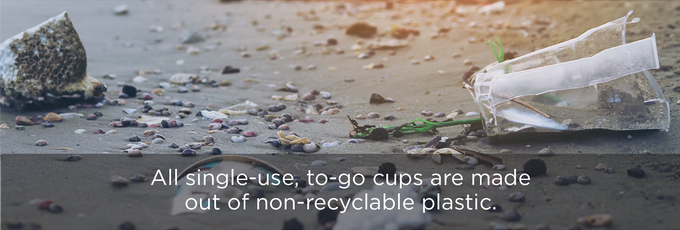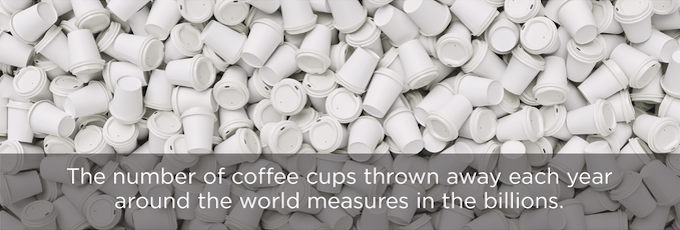Plastic is everywhere. It packages our food, coats the inside of our beverage cartons, and constructs the toys and teething rings we give our children. Unfortunately it’s even in the air we breathe, the food we eat, and the water we drink.
And now, a startling new discovery has once again sparked the heated debate on the world’s abundant use of plastic. Scientists have found microplastics in the blood and lungs of living people for the first time. This is an alarming finding that has scientists, researchers, and environmental advocates pushing for change and demanding support for the next stage of their research: how the microplastic invasion impacts human health.
What are microplastics?
There are many different kinds of plastic and not all of them are bad. While plastics cause critical problems for the environment and human and animal health, some are necessary until we find suitable alternatives. Plastic lines rain gutters, insulates buildings, and even provides life-saving support in the form of medical equipment. The problem lies when discarded plastics start to break down into tiny pieces, called microplastics, and begin infiltrating every nook and cranny of our planet—and now our bodies.
What are the effects of microplastics and single-use plastics on human and planet health?
Plastic is all around us and human exposure to microplastics has been deemed “unavoidable” by scientists studying the trend. Now, new breakthrough research has found microplastics—specifically polypropylene and PET particles from single use plastic bottles and plastic packaging—in the blood and lungs of living people. This study suggests that microplastics can travel around our body via our blood and lodge into our organs (like deep down in our lungs). Adults are not the only ones affected by this; a recent study found that plastic bottle-fed babies swallow millions of microplastics a day—far more than the average adult is consuming.
The affect that single-use plastics have on climate change has been shown time and time again, but what’s not clear—and is just as concerning—are the health impacts of microplastics on the human body. Researchers know that microplastics cause damage to human cells (e.g. cell death, allergic reaction), and just breathing in polluted air can lead to untimely deaths. Therefore, the latest discovery of microplastics infiltrating at a deeper level than previously known is cause for great concern. While further investigation is needed to learn about specific impacts, researchers believe ingested microplastics could suppress the immune system, and carry pathogens and toxic chemicals into the body.
What can you do?
You might be wondering how you can avoid consuming microplastics and what you can do to reduce the negative impacts they have on the planet. Fortunately, there are immediate steps you can take today to reduce your footprint and improve your own health!
Individuals can take the pledge at no2plastic.org, a nonprofit dedicated to reducing single-use plastics for the benefit of human and planet health. Through the website, you can promise to eliminate the use of some of the most harmful and common single-use plastics out there: plastic bottles, plastic straws, plastic bags, plastics cutlery, and plastic cups and lids. It’s surprising that this simple act can really impact your purchasing decisions in the future.
Businesses can make big impacts by pledging to do away with plastic to-go containers and plastic condiment packets, and instead use “certified compostable” single use items, and agree to re-fill customers’ reusable bottles and containers.
Schools can also get in on the action and students who pledge can follow their own progress and engage in some friendly competition by following their classmates’ progress as well. HYDAWAY is proud to partner with no2plastic to help reduce single-use plastic consumption, one bottle at a time.
The hard truth is that no matter how critical plastic may seem to the world’s forward movement, it almost always poses health and environmental threats in the long run. It may sound a little like being stuck between a rock and hard place, but that’s why it’s so important to find and use plastic alternatives. And even more critically, to reduce the amount of single-use plastic items in our lives. Join us in celebrating Earth Day by going plastic free for one month, or even one year, and see how it can change your life—and the life of our planet—for the better.




